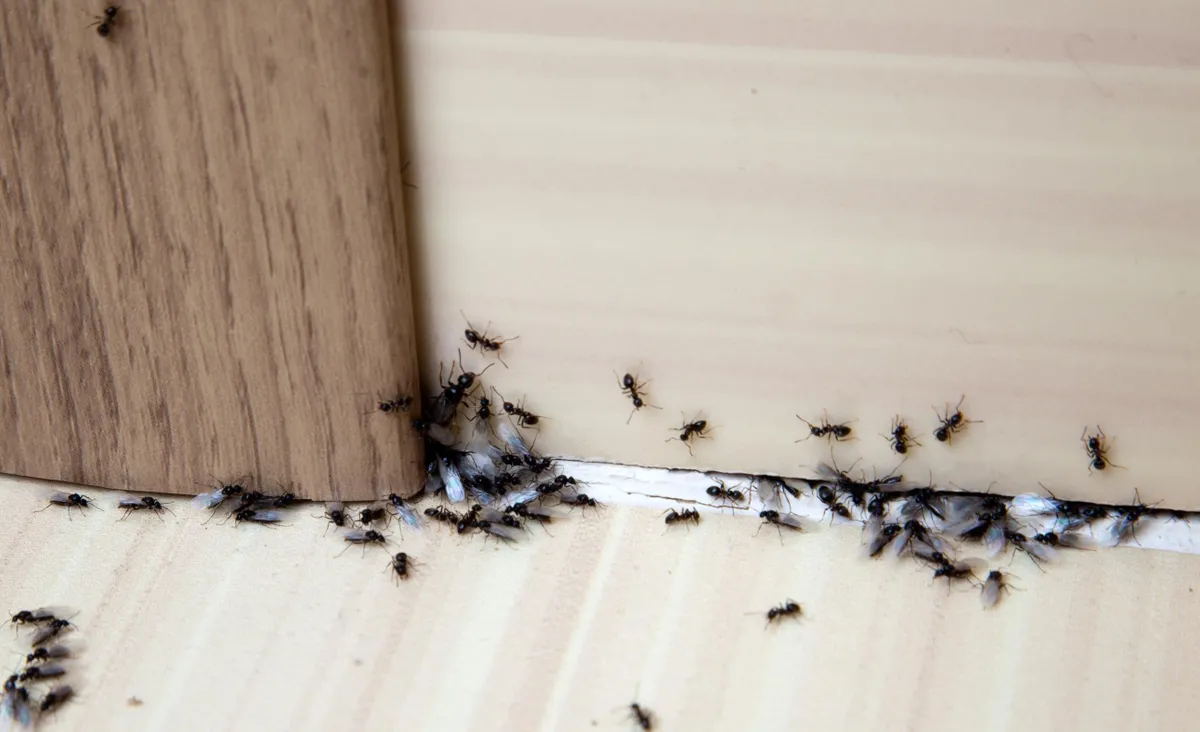Most pests infiltrate homes through surprisingly common entry points that homeowners often overlook during routine maintenance. These tiny invaders exploit weaknesses in structural barriers, finding microscopic gaps and openings that provide direct access to indoor environments. Identifying these primary entry zones helps homeowners implement targeted prevention strategies and recognize when pest control services become necessary for comprehensive protection.
Foundation and basement vulnerabilities
Foundation cracks represent the most frequent entry point for numerous household invaders. These structural weaknesses develop over time due to settling, temperature fluctuations, and moisture exposure.
- Hairline cracks in concrete foundations allow ants, spiders, and small beetles to establish indoor colonies
- Gaps around basement windows provide access routes for mice, rats, and flying insects
- Improperly sealed basement doors create highways for cockroaches and silverfish
- Foundation vents without proper screening invite wasps, bees, and various crawling pests
- Moisture-damaged foundation areas attract termites and carpenter ants seeking ideal nesting conditions
Professional exterminators often focus initial inspections on foundation perimeters because these areas harbor the majority of established pest colonies.
Door and window access points
Exterior doors and windows create numerous entry opportunities when seals deteriorate or installation gaps remain unaddressed.
- Worn weather stripping around door frames allows continuous pest traffic throughout seasons
- Gaps beneath exterior doors provide ground-level access for crawling insects and rodents
- Damaged window screens permit flying insects while failing to exclude smaller crawling pests
- Unsealed window frame joints create hidden pathways behind interior walls
- Pet doors without proper sealing mechanisms invite unwanted visitors alongside beloved animals
- Sliding door tracks accumulate debris, creating gaps that facilitate pest entry
Regular inspection and maintenance of these high-traffic areas prevents many common household infestations before they establish footholds.
Roof and attic vulnerabilities
Roof-level entry points allow pests direct access to attic spaces where they establish protected colonies away from human detection.
- Damaged or missing roof shingles expose underlying materials to pest penetration
- Clogged or damaged gutters create moisture conditions, attracting various insects and providing nesting materials
- Attic vents without proper screening welcome bats, birds, and flying insects
- Chimney openings lacking caps or screens provide large access routes for multiple pest species
- Roof-to-wall junction gaps develop over time, creating entry points near eave areas
- Tree branches touching roof surfaces create bridges, allowing pest movement from vegetation to structure
These elevated entry points often go unnoticed until pest populations become well-established throughout upper-floor areas.
Garage and storage connections
Attached garages serve as transition zones where pests gain initial shelter before moving into main living areas.
- Garage doors rarely seal completely against ground surfaces, creating persistent gaps that accommodate various crawling pests. Storage areas connected to garages often have compromised seals around access doors.
- Garage windows frequently lack the same maintenance attention as those on main house areas. Utility connections entering garages typically receive less careful sealing than those serving primary living spaces. Garden tools and outdoor equipment stored in garages harbor pest populations that eventually migrate indoors.
Preventing pest invasions requires systematic attention to structural weak points that commonly develop around foundations, openings, and utility connections. Proactive sealing and regular maintenance of these vulnerable areas create effective barriers against unwanted intruders. Early identification and remediation of entry points protect homes from costly infestations while maintaining healthy living environments.

